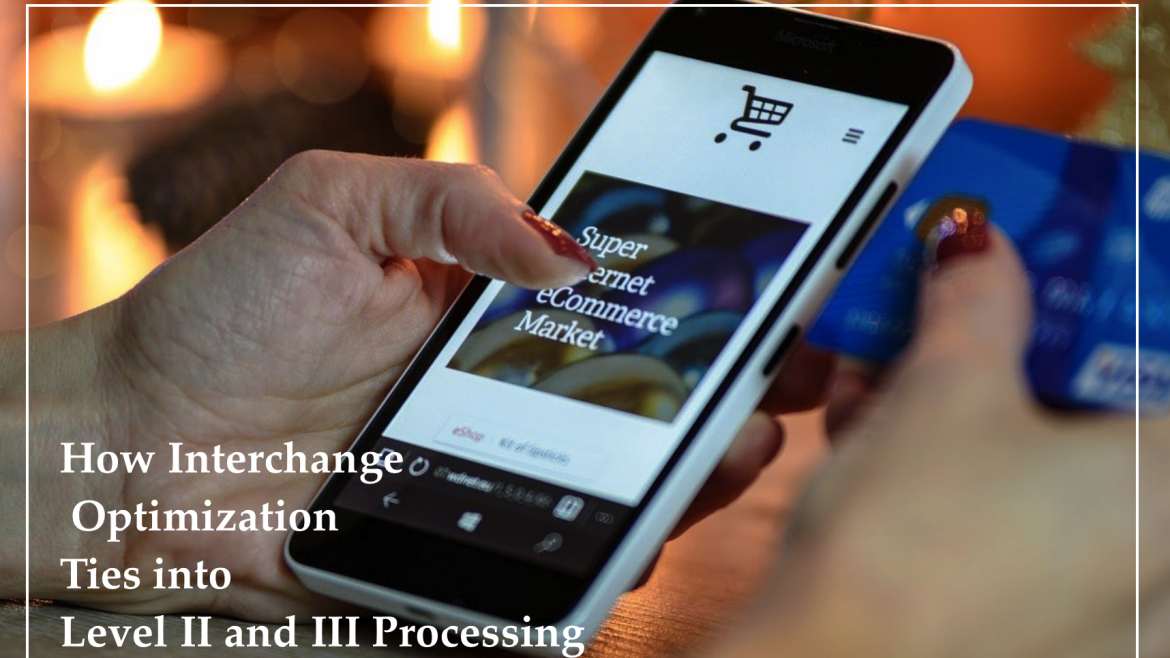Interchange optimization is a system that can benefit a diverse mix of businesses, but many merchants still aren’t aware of what it is and how it ties into Level 2 and Level 3 processing. Here’s all you need to know about interchange optimization.
What Is Interchange Optimization
In simple terms, this is a system based on industry-specific requirements that allow for a reduction in qualifying interchange rates. The card brands (Visa, MasterCard, AMEX, and Discover) agree to offer a percentage discount on their qualifying interchange rates in exchange for particular additional information from each credit card sale.
Qualifying for Interchange Optimization
Interchange optimization is important for many types of businesses, including retail merchants, eCommerce merchants, B2B merchants, and more. Depending on how many of their customers use a business card, corporate card, or commercial purchase card to make a payment, the merchant may be able to qualify for interchange optimization.
Identifying the Level of Interchange Optimization
For most business owners, examining statements to identify the card types that qualify for interchange optimization is a serious challenge. That’s why many of them hire professionals to review the different types of merchant statements. The main goal of this analysis is to assess the percentage of credit card payments that can qualify for interchange optimization.
Types of Interchange Optimization Levels
There are two levels of interchange optimization: level 2 and level 3. Level 3 allows for the biggest reduction in savings and interchange rates for the merchant. Here are the specific requirements for both level 2 and level 3:
-
The accepted card types must be corporate, business, or commercial purchasing cards.
-
The merchant must use a third-party getaway that supports level 2 and level 3 processing to process any card transactions.
-
Each transaction must include the line-item detail per the card brands’ specifications.
For best results, merchants should opt for payment systems that support interchange optimization for eCommerce, retail, and mobile payments. With a good payment system, the only thing a merchant needs to do is to swipe, dip, or enter the customer’s credit card number.
The Difference Between Pricing Models
One final thing to note: the only way for a merchant to profit from interchange optimization is to use a pricing model called interchange-plus. If they’re using a flat rate or tiered priced model made popular by PayPal, Stripe, and Square, they’re missing out on enjoying lower interchange costs. This may lower their overall effective rate as well.
If you would like a professional to review your merchant processing and see if you can save with interchange optimization, please get in touch with our office today!

